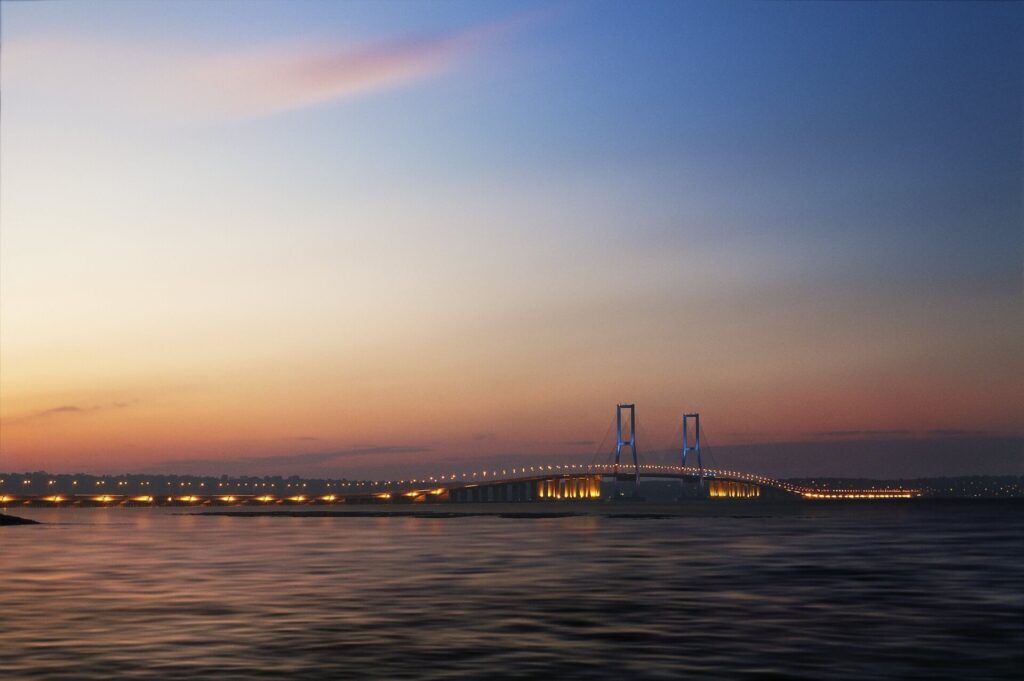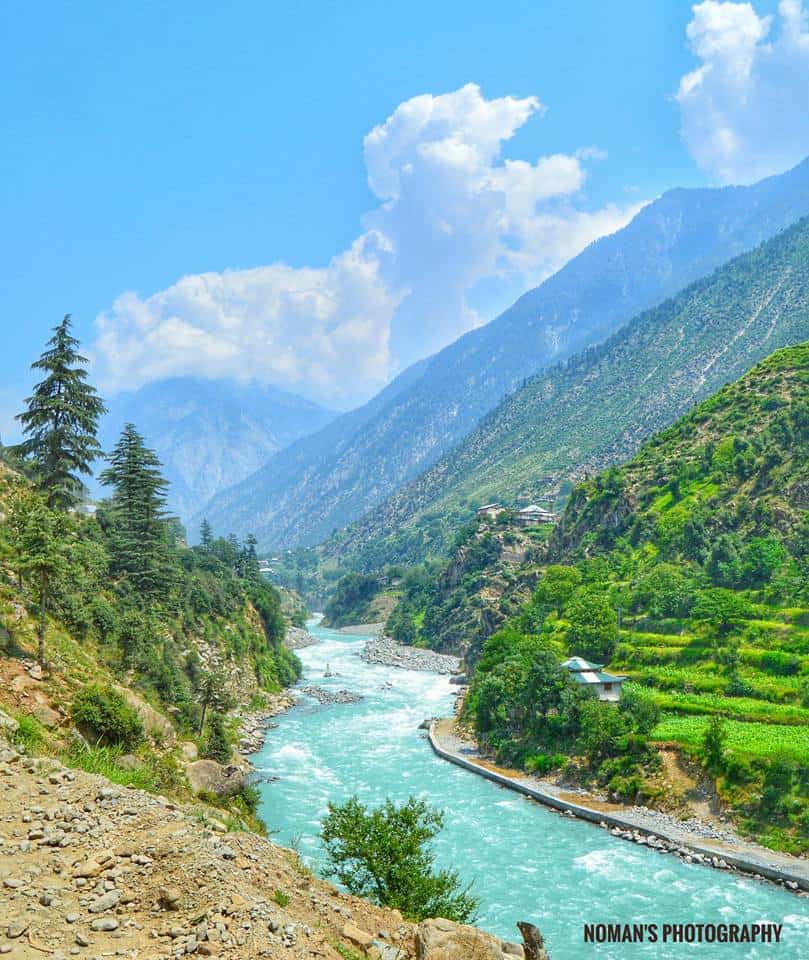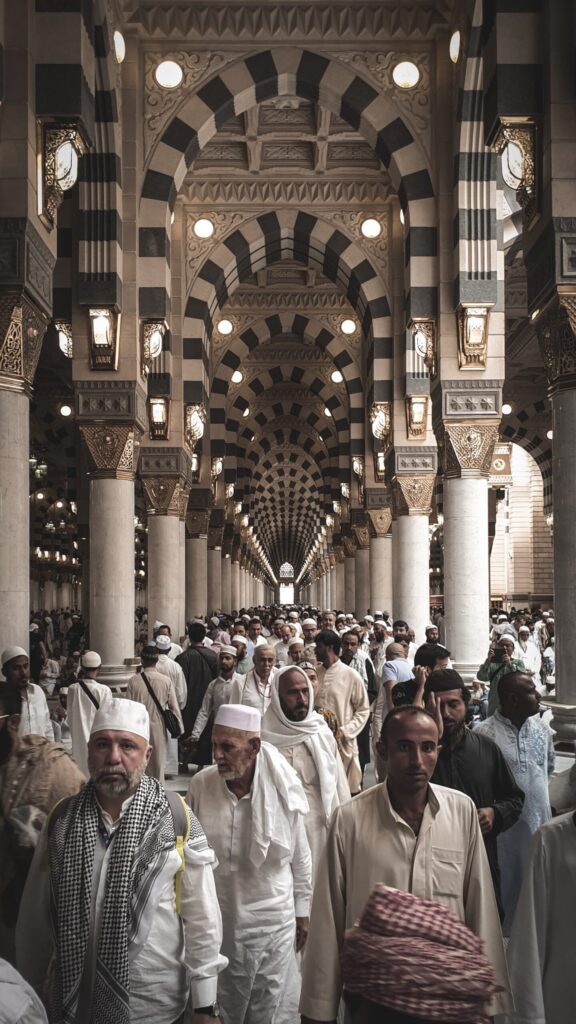
Indonesia
History
Indonesia contains a long history that started with organized civilizations on the islands of Java and Sumatra. A Buddhist kingdom called Srivijaya developed in Sumatra from the seventh to the 14th century, and at its crest, it spread from West Java to the Malay Landmass. By the 14th century, eastern Java saw the rise of the Hindu Kingdom Majapahit. Majapahit’s chief serves from 1331 to 1364, Gadjah Mada, was able to pick up control of much of what is present-day Indonesia. In any case, Islam arrived in Indonesia within the 12th century, and by the conclusion of the 16th century, it supplanted Hinduism as the prevailing religion in Java and Sumatra. Within the early 1600s, the Dutch started developing huge settlements on Indonesia’s islands.

By 1602, they had gained control of a large portion of the country (except East Timor, which belonged to Portugal). For 300 years, the Dutch dominated Indonesia as the Netherlands East Indies. Indonesia began an independence movement in the early twentieth century, which grew notably large during World Wars I and II. During WWII, Japan invaded Indonesia; after Japan’s capitulation to the Allies, a tiny group of Indonesians declared independence. This group formed the Republic of Indonesia on August 17, 1945. The nascent Republic of Indonesia enacted a constitution in 1949 that established a parliamentary government structure.
In any case, it fizzled since the official arm of Indonesia’s government was to be chosen by parliament, which was part of a few political bunches. Indonesia is an archipelago between the Pacific and the Indian Sea. The arrival includes an add-up to the region of 1,913,580 km² (738,837 mi²) and an add-up to the coastline of 54,716 km (33,998.9 mi). This arrival region is around 275% of the zone of Texas. Indonesia is in this way one of the largest countries in Asia and the 15th greatest in the world. More than half of all inhabitants (57%) live inside cities.
With an average elevation of 367 meters above sea level, Indonesia is quite low. At 4,884 meters, the highest mountain summit (Carstensz-Pyramid) is found. There are 18,307 islands in the archipelago, the majority of which are uninhabited. The three neighboring countries of Timor-Leste, Malaysia, and Papua New Guinea share direct national borders. The distance between New York City and Jakarta, Indonesia’s capital, is approximately 16,200 kilometers (10,066 mi).

Good to Know
- Official Name: Republic of Indonesia
- Capital: Jakarta
- Population: 262,787,403 (2018)
- Official Language: Bahasa Indonesia (an official modified form of Malay)
- Currency: Indonesian rupiah (IDR)
- Form of Government: Presidential republic
- Climate: Tropical; hot, humid; more moderate in highlands
- Total Area: 735,358 square miles (1,904,569 square kilometers)
- Highest Point: Puncak Jaya at 16,024 feet (4,884 meters)

Thing To Do
- Dieng Plateau. Natural Feature. View. …
- Borobudur Temple. The archaeological site, Buddhist Temple. View. …
- Komodo National Park. Park. …
- Raja Ampat. Natural Feature. …
- Mount Bromo. Natural Feature. …
- Lake Toba. Natural Feature. …
- Tana Toraja. Natural Feature. …
- Tanjung Puting National Park. Natural Feature.

Climate
Indonesia’s climate is tropical with hot and humid weather in lower elevations. In the highlands of Indonesia’s islands, temperatures are more moderate. Indonesia also has a wet season that lasts from December to March





